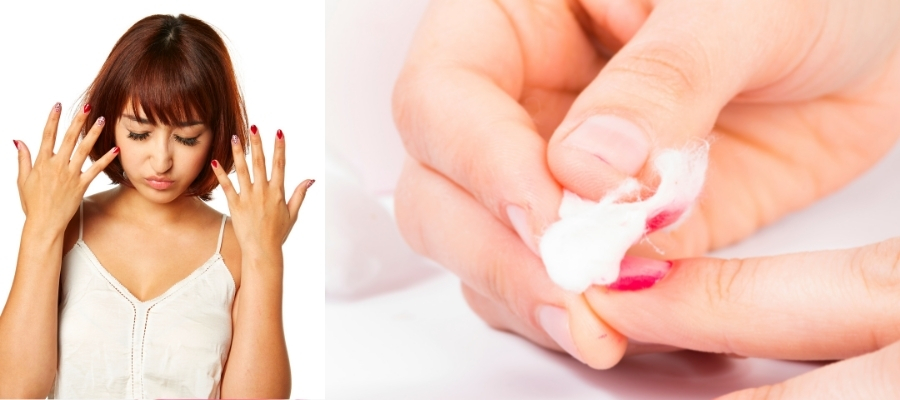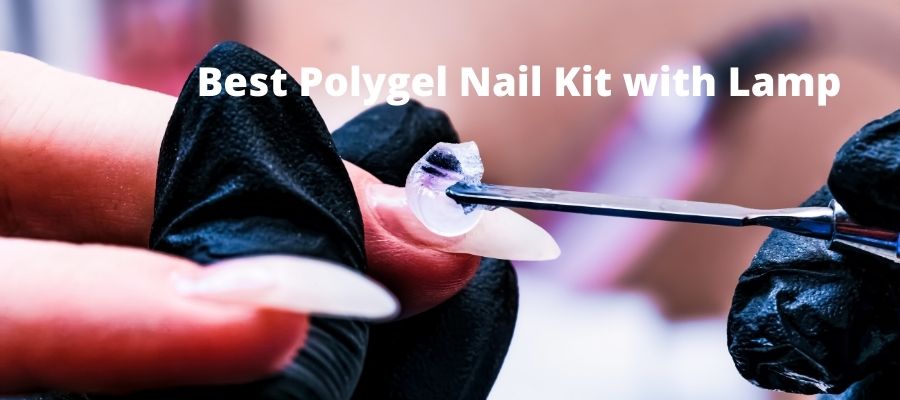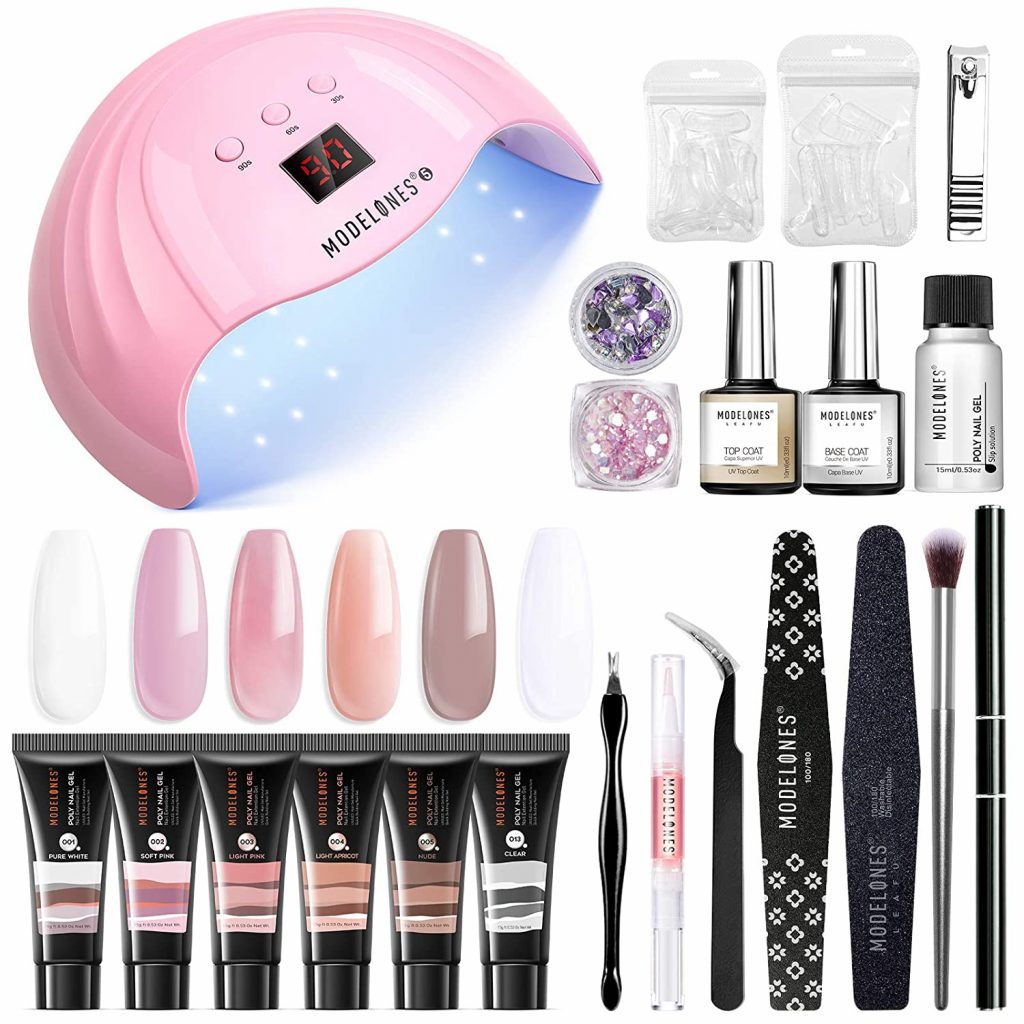Applying nail polish has long been a fashion trend. Today, most of the ladies try different colors on their nails. But using a variety of nail polishes is not the only task; you also have to remove it on time. But a general question about nail polish remover is heard almost all the time – Is rubbing alcohol the same as nail polish remover?.
Well, rubbing alcohol is one of the ingredients of nail polish remover, but it isn’t the same as nail polish remover. The main ingredient of nail polish remover is acetone.Because of its more powerful solvency than rubbing alcohol, acetone is considered the most vital active ingredient in nail polish remover.
But if necessary, you can use rubbing alcohol. I am explaining all the details about this query in this article. Just keep scrolling and grab all the essential information.
Is Rubbing Alcohol the Same As Nail Polish Remover?
The real facts about Rubbing Alcohol and Nail Polish Remover:
As we have said before, rubbing alcohol and nail polish remover are different, not the same. Now I am going to tell you why they are not the same.
Ingredients of a nail polish remover:
At first, just look at the main ingredients of a nail polish remover.
- Acetone
- Ethyl acetate
- Isopropyl alcohol
Two of the three constituents are alcohols, and one of them (isopropyl alcohol) is a sort of rubbing alcohol.
Ethyl acetate, on the other hand, is an ester made from acetic acid (the active element in vinegar) and ethanol, which is a type of alcoholic beverage. Chemical interaction between alcohol and acid can produce esters.
Although nail polish remover contains enough rubbing alcohol or alcohol-based chemicals, but it is not rubbing alcohol.
This is because the most influential element in nail polish remover is acetone, which, despite its comparable nasty odor, is not a type of rubbing alcohol.
The key difference between rubbing alcohol and nail polish remover is that nail polish remover contains acetone. Basically, rubbing alcohol isn’t very good at breaking down plastics and acrylics.
But acetone is used as a solvent to break down the molecular bonds that hold rubbing alcohol to your nails, which makes it a superior choice for removing polish when compared to rubbing alcohol.
A comparison table : Difference between nail polish remover and rubbing alcohol or Acetone
Rubbing Alcohol vs Acetone : Top differences
| Parameter of Comparison | Rubbing Alcohol | Acetone |
| Definition | Rubbing alcohol is a kind of alcohol with the formula C3H8O. | Acetone is a type of organic compound with the formula (CH3)2CO. |
| Catagory | Alcohol | Ketone |
| Appearance | A transparent, colorless, combustible liquid. | A translucent, explosive, and highly volatile liquid |
| Odor | The odor is pungent and boozy. | The scent is pungent, flowery, and cucumber-like. |
| Pros | Works to remove germs and also bad smells. | Works more quickly and effectively. |
| Cons | It takes a long time and requires doodling; for shellac manicures may not be suitable. | Nails and cuticles become brittle and inflamed as a result of dehydration. |
| Best for | Disinfectants | Frequent polish removal |
Can Rubbing Alcohol Remove Nail Polish?
If you don’t have any nail paint remover and can’t find acetone at home, this thought may come to your mind that rubbing alcohol can help you to clean your nails.
To remove nail polish, the acetone in nail polish remover breaks down and dissolves it. Rubbing alcohol can achieve the same result with time and effort, but it will be more complicated and time-consuming.
If you’re in a pinch and need to remove nail paint from your nails or other items, rubbing alcohol-based products can be a good alternative.
However, you should not expect rubbing alcohol to remove nail polish as quickly or as well as nail polish remover. Because the acetone in nail polish remover is a stronger solvent than rubbing alcohol, removing nail polish using rubbing alcohol will take longer.
The type of rubbing alcohol you have in your cupboard will determine whether or not this will work. Ethanol is the most popular type of rubbing alcohol which is also a less powerful solvent. This type of alcohol is far less successful at dissolving the molecular bonds that hold the nail polish together.
On the contrary, isopropyl alcohol is a powerful solvent that can dissolve oil and glue, which is why it’s often used for deep cleaning.
If you don’t have any acetone and only have a bottle of iso rubbing alcohol, you can use it to remove nail polish in a pinch. But unfortunately, it will take a lot more effort than acetone.
If you use isopropyl, it will need to be used several times before the nail polish is removed as it is a less efficient solvent. In practical terms, this implies that removing your nail paint will take longer and will become a tedious job for you. But you can rest assured that it will work in the end.
Other Components That May Work As Nail Polish Remover
You can replace nail polish remover with alcohol-based products if you don’t have any rubbing alcohol on your house.
Sanitizing wipes are a very effective option since they make it simpler to rub the alcohol into your nails and remove it because friction works in your favor.
While we’ve already established that ethanol is less effective than isopropyl, you can also eliminate rubbing alcohol with high-strength alcoholic beverages.
You can remove the nail paint by hand after soaking your nails in something like vodka for around 15 minutes.
Some additional items you can use to remove nail polish:
If you don’t have any rubbing alcohol or nail paint remover on hand, here are some additional items you can use to remove nail polish:
What can I use instead of nail polish remover?
- Toothpaste
- White vinegar and lemon juice
- Hydrogen peroxide and hot water
1. Toothpaste
When it comes to removing nail paint from your fingers, baking soda-based toothpaste is often the best option, but ordinary toothpaste should also work. Toothpaste also has the advantage of being easier to use than the other options because it does not need soaking your fingertips.
Apply a small amount of toothpaste to the nail you want to clean, and then buff away the polish using a cotton pad, a toothbrush, or even a paper towel.
2. White Vinegar and Lemon Juice
White vinegar or a mixture of white vinegar and lemon juice is used in one of the most common homemade nail polish remover remedies.
When you use white vinegar alone to remove nail polish, you’re relying on the acetic acid in the vinegar to break down the lacquer and make it simpler to remove.
Citric acid, which is another efficient cleanser, is added to the white vinegar when a little lemon juice is added. This boosts the efficacy of your nail polish remover solution.
When employing this solution, soak your fingernails for around fifteen minutes before rubbing the nail polish off with a cotton pad.
3. Hydrogen Peroxide and Hot Water
Soak your nails in a 2:1 mixture of hydrogen peroxide (H2O2) and hot water for around ten minutes.
Remove any tenacious layers of nail polish with a nail file after working the nail polish away with a cotton pad. This approach isn’t as effective as other DIY alternatives, but it does the job.
Final Thoughts
Whether to use nail paint remover or rubbing alcohol is entirely up to the user. But I think, when you have the opportunity to get nail polish remover, you should not use rubbing alcohol or any other alternatives.
Keeping your nails in good condition is always a tricky task. Hopefully, this article has provided you with some helpful information about the differences between using Nail varnish remover/nail polish remover and rubbing alcohol.



